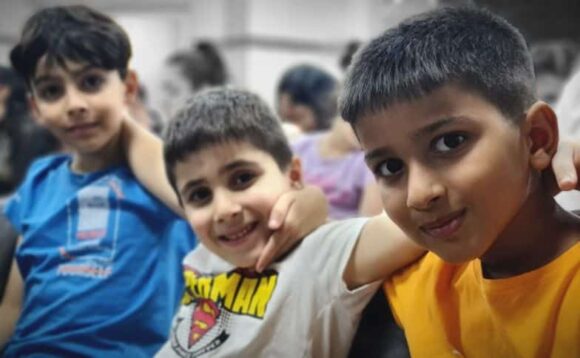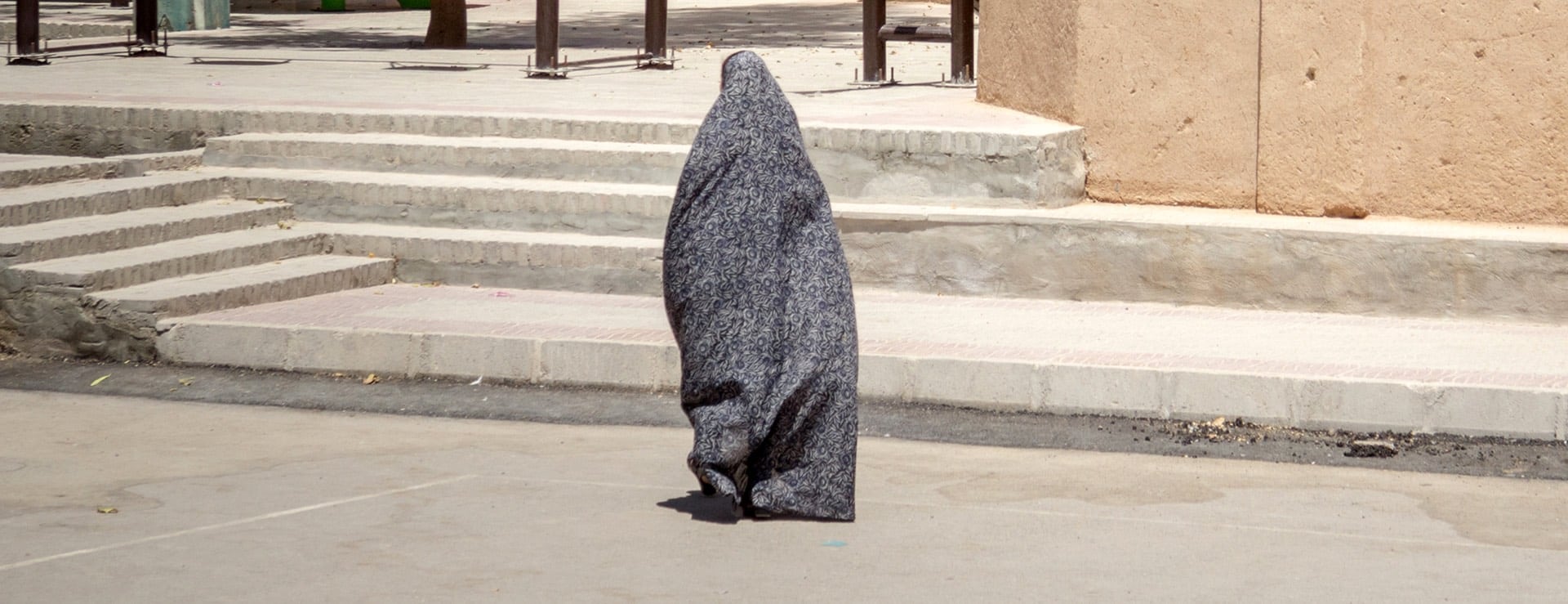
Prostitution, Under-Age Marriages, and Addiction in Iran: A Deepening Crisis
Prostitution, Under-Age Marriages, and Addiction in Iran: A Deepening Crisis
The Rising Epidemic of Prostitution in Iran
Prostitution in Iran starts from the age of 12, with 25% of these being students (could be elementary and high school), 20% university/college students, 10% freelance, 7-8% office staff. According to The Welfare Organization, AIDS Research Center in Iran, a staggering 50% of Iran’s prostitutes are housewives (and most of them in their twenties). Prostitution has now deeply penetrated the fabric of Iranian families, with daughters following in the footsteps of their mothers.
Pimps and Runaway Girls: A Hidden Trafficking Network
27-year-old women, called ‘Khaleh’, become pimps and run the business. Mostly runaway girls aged 13-30 from other cities work for them, earning only a quarter of what the pimps receive. In the early 2010s, Iran’s Head of Sociology reported that the age for prostitution had decreased to as young as 8-10 years, highlighting how young girls in Iran are increasingly being exploited.
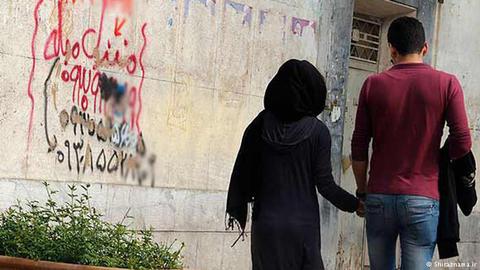
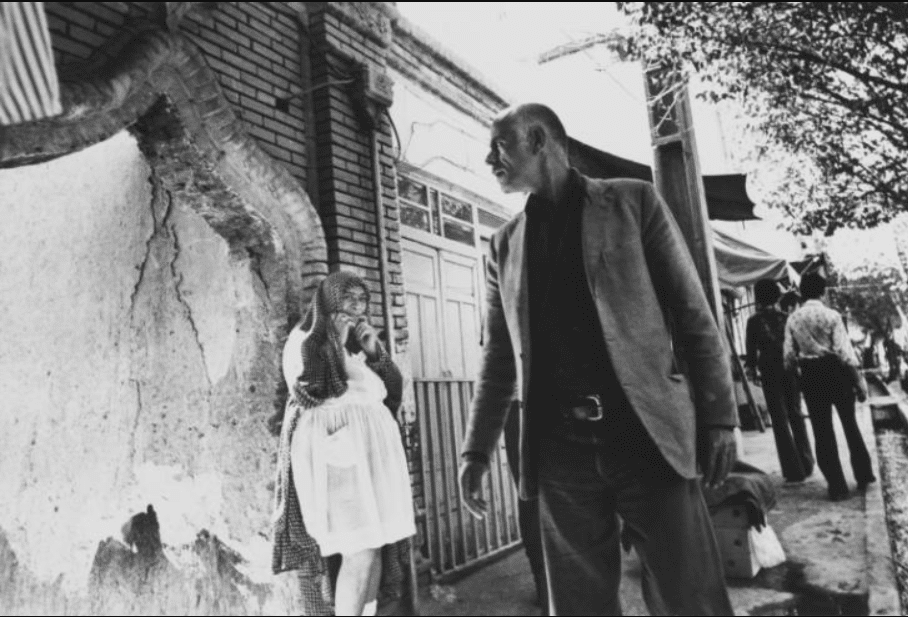
The Digital Age of Prostitution in Iran: How Women Find Clients Online
These modern-day victims often run their ‘business’ online. As far back as 13 years ago, Sociologist Zhaleh Shaditalab confirmed that 42% of these women find their clients through social media, 25% through phone, and only 22% on the street.
Learn how Pearl of Persia works amongst Iran’s prostitutes and victims of abuse
The Legal Loopholes: Why Prostitution Flourishes Despite Being Illegal
Despite prostitution being formally illegal in Iran, there are no real penalties for it. According to Article 638 of the Islamic Penal Code, a person publicly committing a “haram” act in public places can face imprisonment, lashes, or even the death penalty if the woman is married.
Yet despite this risk, the sex trade flourishes on the streets of Iran’s major cities. Those in this business have a different view of the law and the legislator. They say court Judges rule according to personal taste so there is no proper criminal balance between the seller and the customer. They claim that they are unseen. In worst cases they pay off the officers.
The Legalized Abuse: Iran’s Temporary Marriage System
In addition to prostitution, Iran also practices a form of legalized abuse known as Sighe, or temporary marriage. This law allows a man to take a woman or girl to a religious leader and receive a blessing for a temporary marriage, which can last anywhere from an hour to a week. Once the temporary marriage is blessed, the man is legally permitted to have relations with the girl or woman. There are few practical limitations on how old the girl has to be.
Underage Marriages in Iran: A Hidden Crisis of Child Brides
Prostitution is not the only way young girls face sexual trauma and abuse in Iran. According to Iran Wire, over 1 million female child marriages have been registered in Iran in the last eight years, including 13,500 involving girls younger than 13. The real number is likely much higher due to unregistered cases. This represents nearly 20% of all marriages in the country!
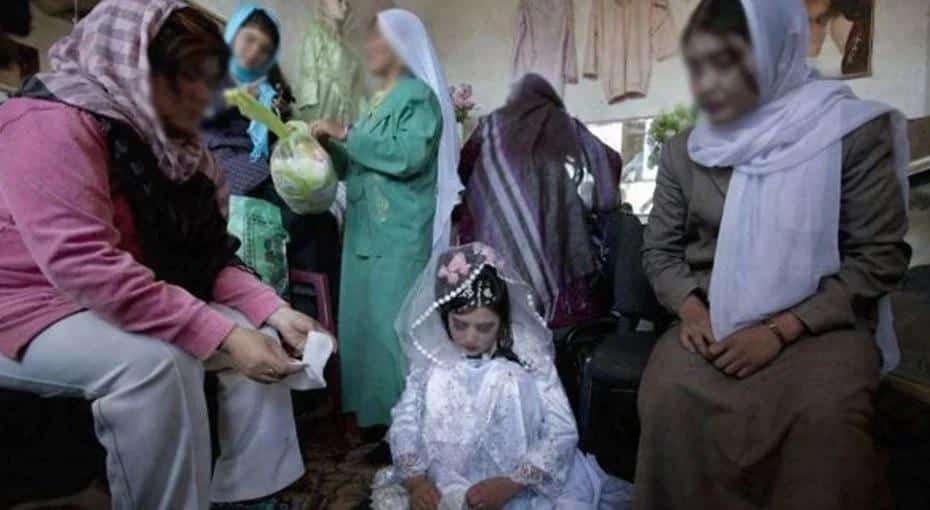
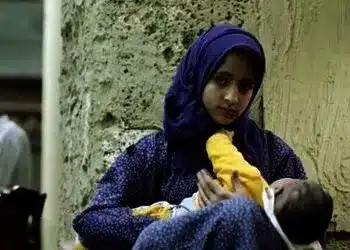
Child Marriage Rates in Iran: A Startling Increase in the Number of Young Brides
In 2021, the Civil Registration Organization reported that the number of marriages involving girls under the age of 18 increased by 9,000, bringing the total to 118,000 known cases. This represents 21.15% of all marriages, the highest rate since 2014. (The highest recorded number of child marriages in Iran occurred in 2014, with nearly 170,000 cases, representing over one-third of all marriages registered that year.)
Hundreds of babies are born to mothers aged 10-14 each year.
The highest rate of child marriage in the country is in the North Khorasan province where several thousand marriages of girls have been registered just in the last few years – some as young as 10 years old.
Drug Addiction: A Common Consequence of Sexual Abuse
Many of Iran’s victims of sexual abuse end up addicted to drugs. Iran faces a serious drug addiction problem, with official statistics estimating 4.4 million drug users, though the real number is believed to be higher. Approximately 35-40% of all opiates produced in Afghanistan are trafficked to Iran, exacerbating the addiction crisis.
The Mental Health Crisis in Iran: Addiction, Overdose, and Suicide Rates Soar
Women in Iran face alarmingly high rates of addiction, overdose, depression, and suicide, largely as a result of the trauma they endure. This has become an ongoing mental health crisis, further deepening the suffering of vulnerable women and children in the country.
Read how Transform Iran trains addiction counselors
Support for the Victims of Abuse and Addiction in Iran
Pray for Iranians affected by the traumas of abuse and addiction. Pray for healing, hope, and a way out for those trapped in this cycle. Pray for the ministry of Pearl of Persia as it focuses on reaching out to this sector of Iranian society.
Pray for the people of Iran – sign up to our monthly prayer guide today
Take action today to support victims of abuse and addiction
Your prayers, sharing awareness, and giving can bring hope to suffering Iranians. Pearl of Persia’s ministry focuses on restoration and redemption, offering specialist counseling and practical support.
Together, we can make a life-changing impact.
Read more about Transform Iran’s work in reaching the children of Iran

Donate Today
